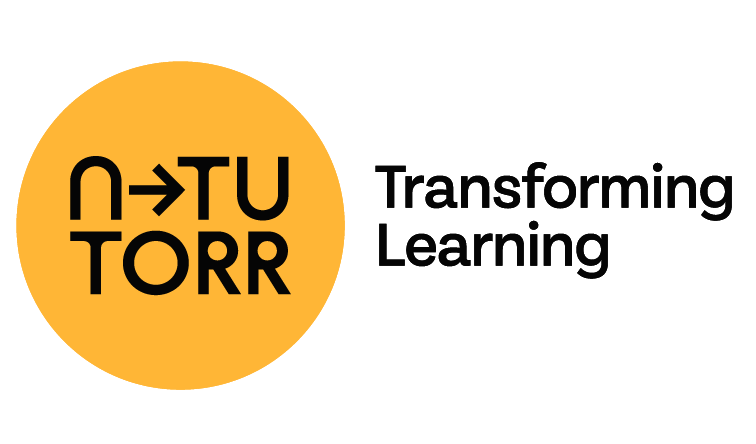
Source
Forbes
Summary
Nick Ladany explores how the rise of “AI professors” could transform higher education, blending machine precision with human mentorship. AI professors, envisioned as advanced avatars, could deliver 24/7 personalised instruction, adapt to diverse learning styles, and stay up-to-date with current knowledge. Human professors, meanwhile, would focus on relational, interdisciplinary, and ethical aspects of learning. Ladany suggests a “centaur model,” where human and AI educators collaborate—AI managing scalable instruction while humans build community and critical thinking. He warns that universities slow to adapt risk obsolescence, while those embracing this hybrid model may redefine teaching and student success.
Key Points
- AI professors could deliver continuous, personalised, evidence-based education.
- Human professors would shift toward mentoring, community-building, and ethical guidance.
- The “centaur model” integrates human and AI teaching strengths.
- Teaching roles would require new training, evaluation, and year-round engagement.
- Universities that resist this shift risk falling behind institutional innovators.
Keywords
URL
Summary generated by ChatGPT 5





